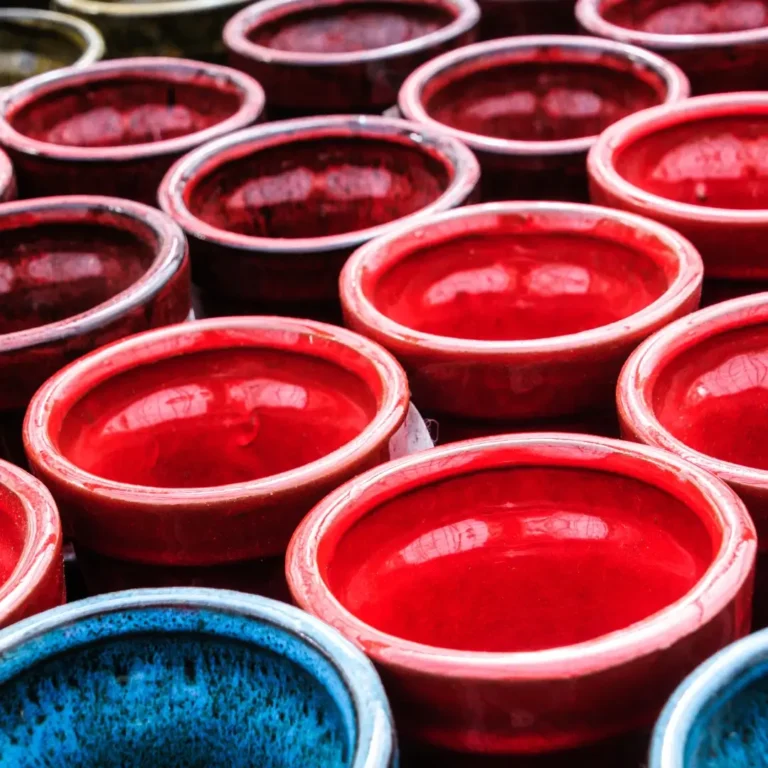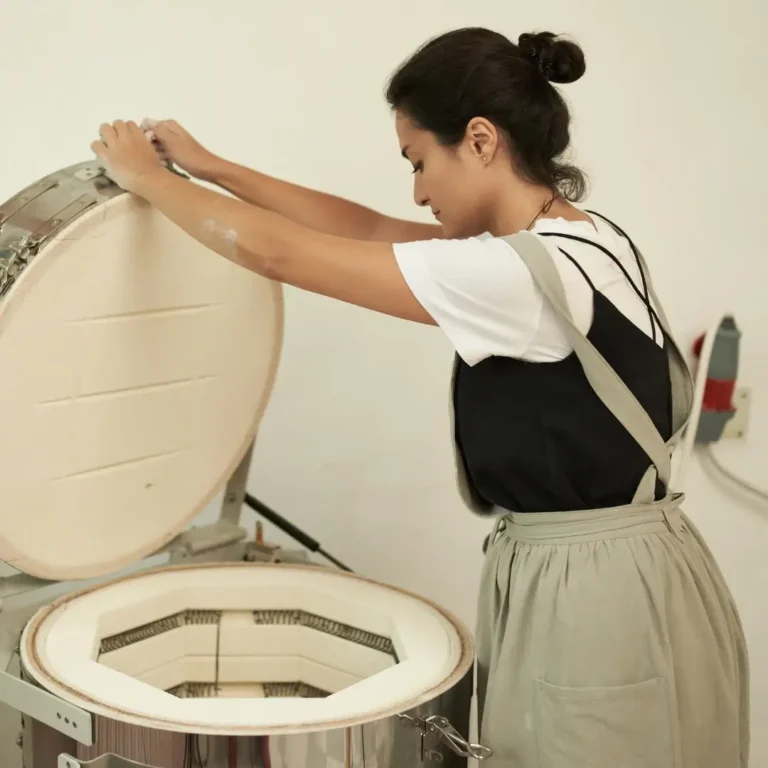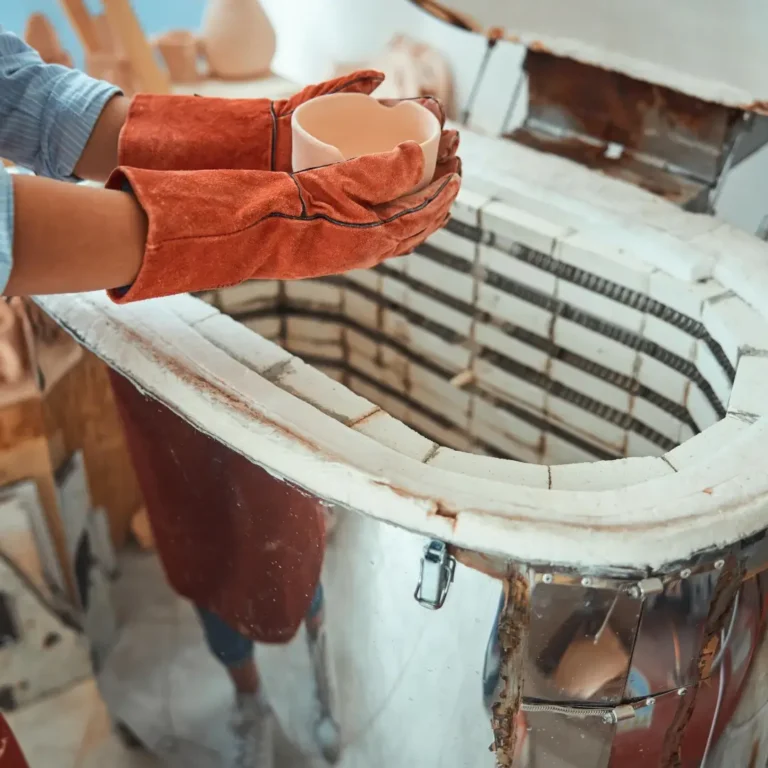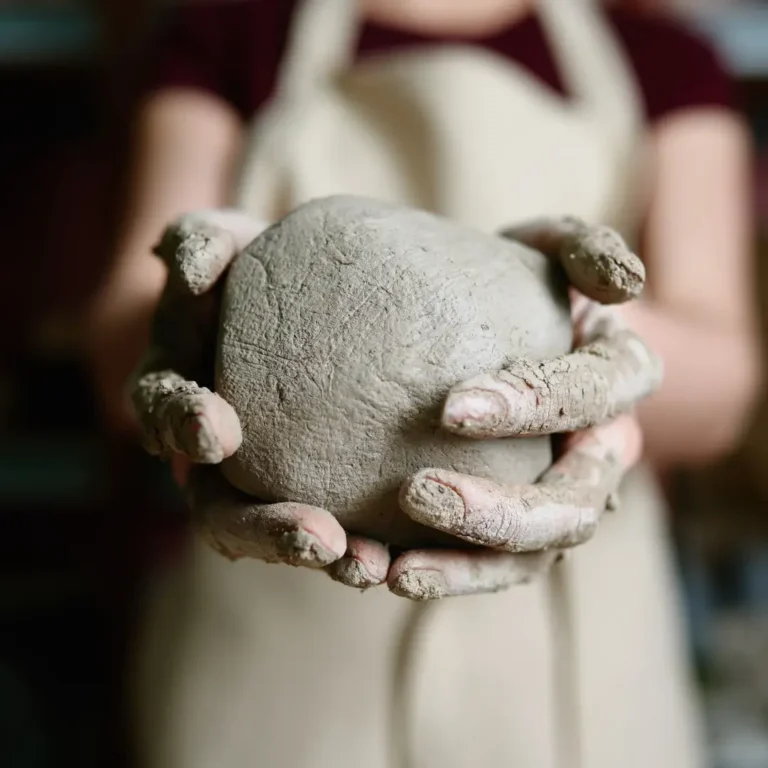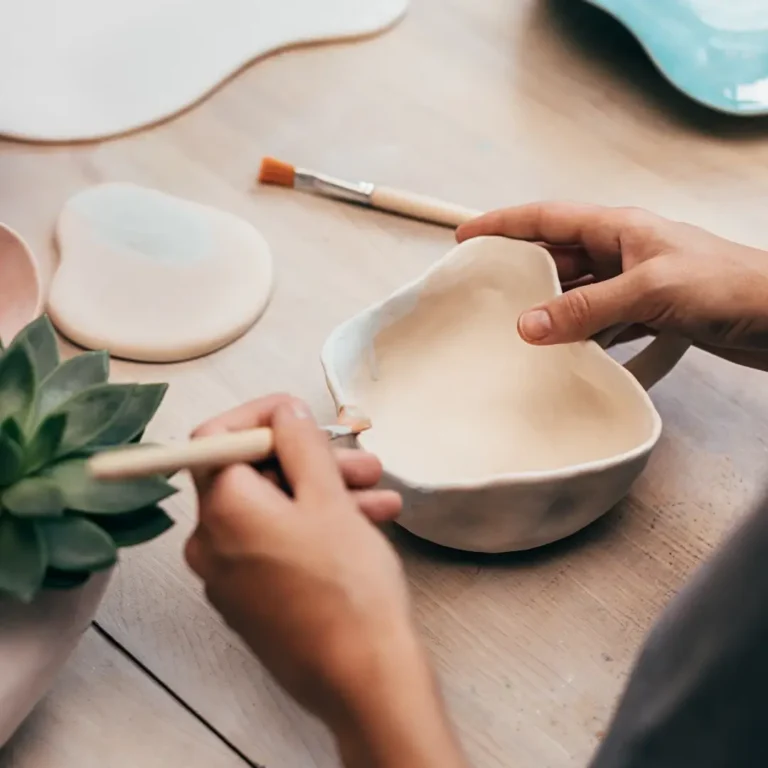Saga Ceramics: The art of the perfect piece.
Saga ceramics is one of the most valued in the world. In this article we will tell you about its history, its characteristics and you will learn about the rich pottery tradition of this beautiful area of Japan.

Table of Contents
History of Saga ceramics
Saga Prefecture is located in the northwestern part of Kyushu and is one of the best-known pottery regions and a benchmark for pottery in Japan. The area is home to three villages that are famous for the quality of their works. The villages are located in picturesque mountainous regions and feature an impressive variety of porcelain and pottery.
Saga is the smallest of Kyushu’s seven prefectures and is easily accessible from Fukuoka and Nagasaki, and has its own airport.
The prefecture is rich in nature, with the Genkai Sea to the north and the vast tidal plain of the Ariake Sea to the south. The inland region is home to abundant vegetation and hot springs.
To speak of Saga pottery is to speak of Arita, a picturesque town in the west of this prefecture. This pottery has always been coveted by the wealthy aristocracy of Europe. The prefecture’s proximity to the port of Nagasaki made it an ideal location for pottery.
In 1616, a Korean potter named Sam-Pyeong Yi discovered a kaolin deposit in Arita. He used the clay to create exquisite ceramics. He finished his pieces with blue gosu glaze.
In 1647, he began using an overglaze and introduced a red design called aka-e. This style soon evolved into Kakiemon ware with red designs.
During the Meiji period (1603-1868), Saga ware declined. However, in the following centuries, Karatsu ware rose from the ashes under the direction of potter Nakazato Muan.

Characteristics of Saga ceramics
In Saga Prefecture, the pottery industry is widespread. Karatsu-yaki is the most popular type of pottery. It is especially famous for the prized sake cups. The pottery is made in the city of Karatsu, which used to be a port for trade with Korea and China. The city is located on the shores of Karatsu Bay and the Sea of Japan.
Saga ware can be classified into two groups, Arita ware and Saga ware. Arita ware was most popular in medieval times and is interchangeable with Imari ware.
Arita ware is usually white or blue in color, and has a glossy glaze finish. Initially, blue was the only color used to paint the pottery, but over time other colors were developed. However, blue is still the dominant style.
Karatsu ware has a natural imperfection that can be related to wabi-sabi. It is often mottled with a black iron glaze and features a white straw-ash glaze.
In addition to being white, Seto ware is famous for its refined designs. This type of ware was made by a group of potters who migrated to the Mino area during the Momoyama period. They used a variety of local raw materials for this ceramic production.

Arita: Japanese porcelain
Arita ware is one of the most popular types of pottery in Japan. When people hear the name Arita, they think of pottery, many consider it the best. If you are thinking of buying a piece of porcelain, there are many reasons to do it there.
The Arita pottery fair is held during the Golden Week vacations. Arita is considered the birthplace of the porcelain industry in Japan. The festival attracts up to one million visitors during a week.
The city also hosts a theme park, which features the city’s famous porcelain. The park features a replica of the Zwinger Palace, which was built in the early 18th century for King Augustus. Arita also has beautiful porcelain statues, such as komainu lions and elegant “torii” gates.
Arita ware has a long history, and has been used by royalty for centuries. In the 17th century, the Dutch East India Company began exporting Arita ware to Europe.
During this time, Holland was known as the “Dutch Empire”. By the end of the 18th century, Holland was the only country allowed to trade with Japan, so it was able to introduce Japanese products to the Western world.




Imari Ceramics
Imari ware ( Japanese : 伊万里焼) is a way of referring to a style of Arita pottery. Imari is the port from which the ware was shipped.
Their pottery has a long history in Japan. They were originally decorated with blue motifs on a white base. Later, colorful designs, such as flowers and trees, began to be added. Today, these ceramics are highly sought-after collector’s items. Imari pottery is usually decorated in blue, with gold, red and black for the outlines. Glazing is used, which gives it a special decorative touch.
Today, Imari ware is very popular in Japan, and you can find a wide range of prices for it. The most expensive pieces can sell for more than 20,000 yen (about $140). You can also find Imari pottery in England, where the company Royal Derby Ceramics has been producing it for more than 60 years. Most of their pieces are considered antiques. The name Imari comes from the port of Imari in Nagasaki.
One style of Imari pottery is Imari-yaki. This pottery is perfect for everyday tableware, but can also be used as a work of art. Its white surface and shiny overglazes make it easy to use.
While Arita ware is used for everyday items, Imari ware was more commonly used for imperial court ware. While the latter has a more traditional Japanese style, the former is a more contemporary style.

Karatsu Ceramics
Japan’s Saga prefecture has a thriving coastal town known for its pottery: Karatsu-yaki. This style is popular for its tea ware, which is used in the traditional Japanese tea ceremony.
Karatsu ware is known for its warm and durable appearance. It can be decorated in a variety of ways. The pottery can be glazed with different types of “yuyaku” (glass coating) to give it a unique look. Pottery is also very durable, making it an ideal choice for household use.
The city is home to several kilns and pottery stores. You can even find restaurants serving Karatsu-yaki in the city. One of the most popular pottery guilds is the Nakazato family, which has been making Karatsu ware since the style began.

Kyushu Ceramics Museum
The Kyushu Ceramics Museum is located in Arita. It is one of the many museums sponsored by Saga Prefecture in Japan. This museum presents a wide range of ceramics from those of other prefectures. Here you will find everything from neoclassical ceramics to traditional pottery.
Visitors can see works by Arita and Imari in the museum’s showcases or learn how to make their own in a DIY pottery workshop.
Visiting is free, and you can enjoy many exhibits of pottery from Saga and other regions of Kyushu.
This museum’s collection has more than 10,000 pieces of Edo-era pottery, including those made for the domestic market. You can also see European Imari ware, which highlights the influence of Saga pottery design overseas. You can see their page here.
Saga is the smallest of Kyushu’s seven prefectures and is located on the northwestern tip of the island. It is easily accessible from Fukuoka and Nagasaki, and has its own airport.
The prefecture is rich in nature, with the Genkai Sea to the north and the vast tidal plain of the Ariake Sea to the south. The inland region is home to abundant vegetation and hot springs.
We hope you liked this post. It will help us if you share it on social media 👍
Note: This article contains links that lead to the artists’ stores outside of the Ceramicartis website. If you buy something from them, we will receive a small commission that will help us to continue our site and in turn continue to support those artists.
This of course does not affect the selling price.
Latest posts:
